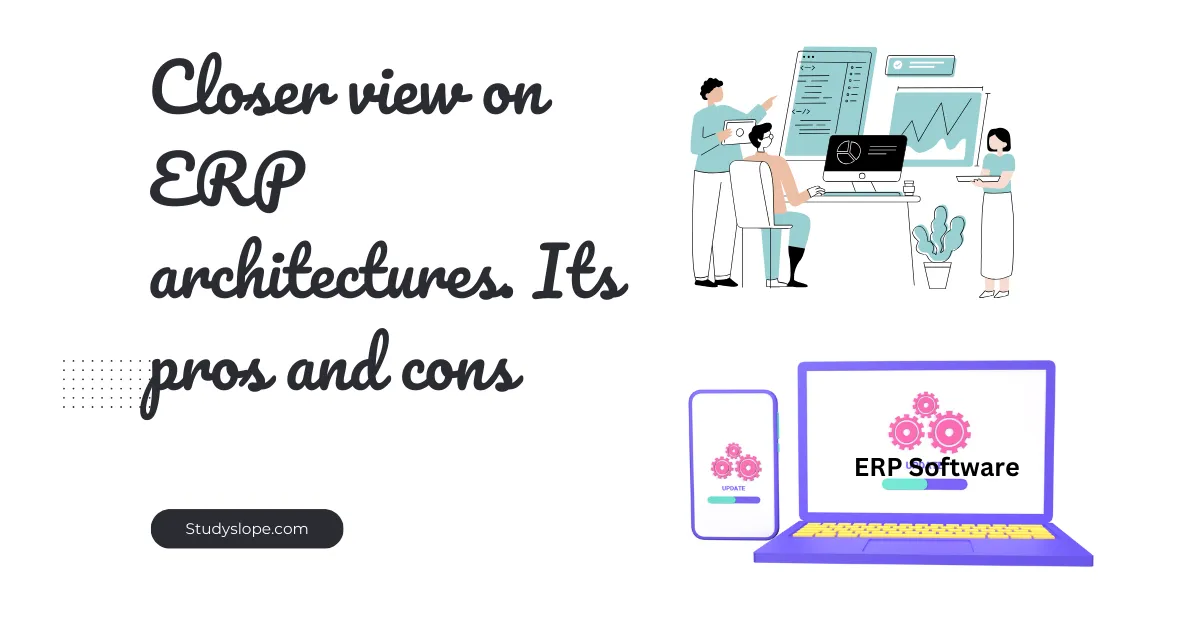Closer view on ERP architectures. Its pros and cons
An ERP system is a piece of software that collects, analyses, and shares data from several departments into a single database. ERP connects the dots between critical company activities including accounting, operations, manufacturing, and sales, resulting in increased efficiency via automation and data analysis.
Table of Contents
Pros of an ERP Architecture
Let’s take a look at six areas that expand on the previously mentioned business advantages of ERP Architecture.
In general, ERP systems offer a near-real-time view of financial realities. A contemporary ERP system, in particular:
- Consolidates data from many departments, finding important indicators, improving decision-making, and increasing operational efficiency.
- Employees may access information from any location, particularly if it’s on the cloud.
- Is extensible via add-on modules, allowing the system to adapt to changing business requirements.
- Many tasks are automated, decreasing errors and fraud while improving compliance and freeing up finance staff.
- IT departments save money by not having to manage distinct, non-integrated technology stacks.
The Cons of Erp Architecture:
- To get the most out of an ERP system, a business must overcome numerous obstacles.
- The initial integration as well as continuing subscription and license fees associated with ERP are significant deterrents.
- Purchasing, installing, and maintaining an ERP system may be costly, depending on the size of the business.
- Companies must also account for IT maintenance and infrastructure expenses, such as server hardware, when using on-premises solutions.
- As the business grows and its operational requirements increase, it may be necessary to buy extra add-on services or software.
Implementation challenges:
- Even with a comprehensive implementation checklist, getting an ERP system up and operating requires time, money, and resources.
- Internal staff resources must be allocated to choose which ERP system to buy.
- Finance, operations, IT, and perhaps sales, marketing, and HR executives are all involved in this process.
- There may be a long data transfer procedure for businesses with fragmented spreadsheets and even mountains of paper files, which may need employing an integration expert.
- Internal opposition to new procedures and technologies may exist until you have leadership buy-in.

